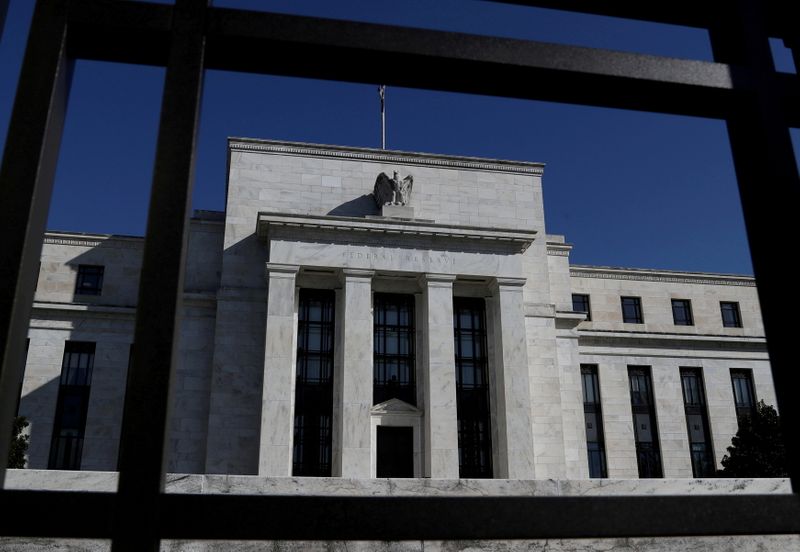Stock market today: Nasdaq closes above 23,000 for first time as tech rebounds
Investing.com -- Most Federal Reserve policymakers suggested that further rate cuts would be appropriate this year, driven by a softening labor market, but uncertainty about the neutral rate and ongoing inflation concerns continue to muddy the outlook on how low rates are likely to fall, according to the minutes of the Federal Reserve’s 16-17 Sept. meeting released Wednesday.
"Most participants observed that it was appropriate to move the target range for the federal funds rate toward a more neutral setting because they judged that downside risks to employment had increased over the intermeeting period and that upside risks to inflation had either diminished or not increased," the Fed’s meeting minutes showed.
At the conclusion of its September meeting, the Federal Open Market Committee, or FOMC, voted to cut its benchmark rate to a range of 4.00% to 4.25%. It was the first time in nine months that the Fed decided to lower interest rates as concerns of a softening in the labor market overshadow some concerns that inflation remains above target.
At the September meeting, Fed members backed two more rate cuts this year, up from the previous forecast for one more.
While risks to the labor market increased, the Fed isn’t yet sounding the alarm. "Participants generally expected that, under appropriate monetary policy, labor market conditions would be little changed or would soften modestly," the minutes showed.
On the inflation front, Fed members aren’t ready to declare victory on inflation, appearing more wary of price pressures moving further away above the Fed’s 2% target even if tariffs only deliver a one-time boost.
"A majority of participants emphasized upside risks to their outlooks for inflation, pointing to inflation readings moving further from 2 percent, continued uncertainty about the effects of tariffs, the possibility that elevated inflation proves to be more persistent than currently expected even after the inflation effects of this year’s tariff increases fade," the minutes showed.
The uncertain outlook on tariff-driven inflation, meanwhile, is expected to continue through next year, with "most participants expected these effects to be realized by the end of next year."
